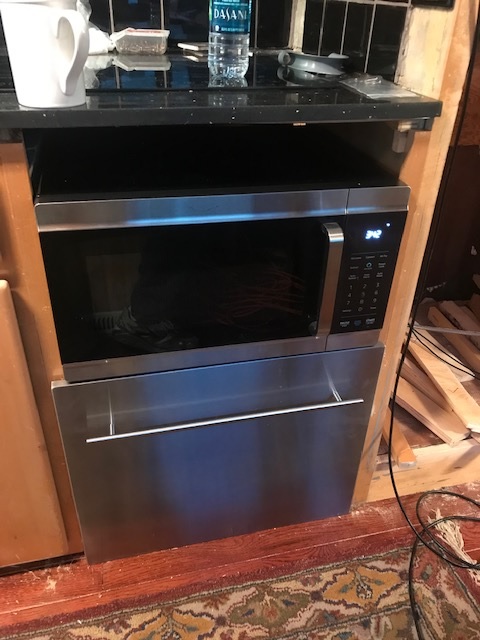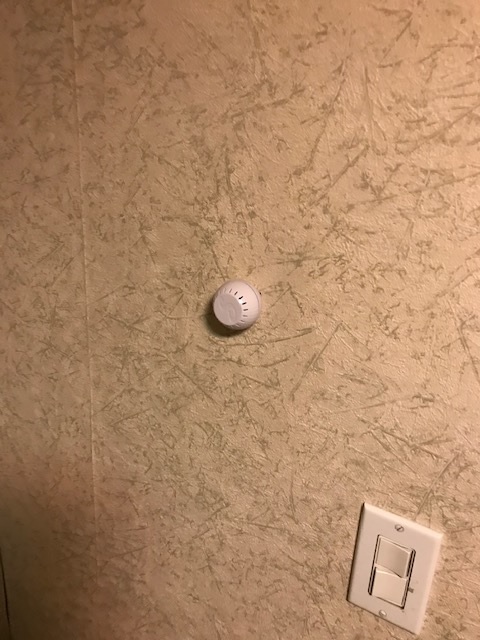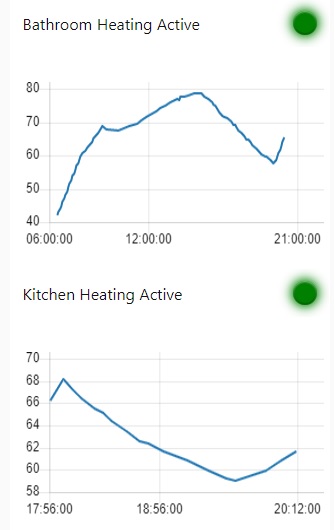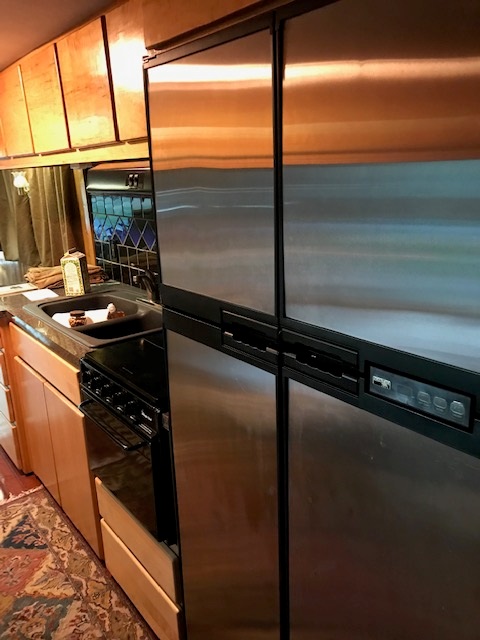Good Morning Joe
I got my panels from https://www.santansolar.com/ in their scratch and dent sale, as used panels from someone who did an upgrade on a solar farm. It looks like they are selling new panels for about the same cost as I paid.
The thing about shipping solar panels is that they are so large they require an extra large pallet and require special handling so it costs as much to ship a couple as it does for ten of them. A general rule of thumb you can't have too many panels (grin)...
I will keep in mind that you might be out this way, not sure where I will be at that time myself.
I understand you get your batteries for free and already have your inverters. I went for a 24V house battery system as that's a voltage of a single Tesla Battery module and I wanted to add on modules one at a time. Though I did consider 48V and a different inverter, but that would have required buying two modules at a time.
Generally the higher the voltage of the house pack, other costs go down for wiring and solar controllers. I have heard some horror stories about other brands of solar controllers failing and cooking large battery arrays.




 Reply With Quote
Reply With Quote






